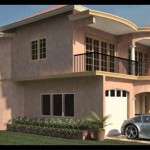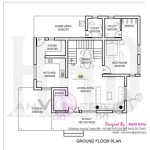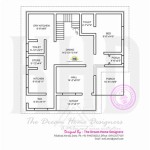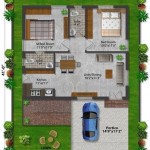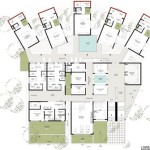Essential Aspects of Greenhouse Plans Designs
Designing a greenhouse is a crucial step in creating an optimal environment for plant growth. By carefully considering the following essential aspects, you can optimize your greenhouse's functionality, efficiency, and aesthetics.
Greenhouse Size and Orientation
The size of your greenhouse should be determined by the number of plants you plan to cultivate and the available space on your property. The orientation of the greenhouse is also critical, as it influences the amount of sunlight received by the plants. A north-south orientation allows for even distribution of light throughout the day, while an east-west orientation maximizes sunlight exposure during morning and afternoon hours.
Structural Design
The structural design of the greenhouse must provide adequate support and withstand external forces such as wind and snow. Common greenhouse structures include A-frame, Quonset, and lean-to designs. The choice of structure depends on factors such as the size of the greenhouse, the materials used, and the climate in your area.
Covering Materials
The covering materials play a significant role in regulating light transmission, insulation, and humidity levels within the greenhouse. Glass is a traditional choice for greenhouses, but it can be expensive and heavy. Other options include polycarbonate, polyethylene film, and acrylic. Each material has its own advantages and disadvantages, so it's important to carefully consider your needs.
Ventilation and Temperature Control
Proper ventilation is essential for maintaining optimal temperature and humidity levels in the greenhouse. Ventilation systems can include passive ventilation (using vents or windows) or active ventilation (using fans or blowers). Temperature control is equally important, and can be achieved through heating systems, evaporative cooling, or shading.
Benches and Growing Systems
Benches and growing systems provide support and organization for your plants. Benches can be constructed from wood, metal, or plastic, and should be designed to maximize space utilization. Growing systems include hydroponics, aeroponics, and container gardening, each with its own advantages and requirements.
Irrigation and Drainage
Providing adequate irrigation is crucial for plant health. Irrigation systems can be automated or manual, and the type of system chosen depends on the size of the greenhouse, the plants being grown, and the available resources. Proper drainage is also essential to prevent waterlogging and root rot.
Lighting
Natural light is the primary source of illumination for most greenhouses, but supplemental lighting may be necessary during the winter months or in low-light conditions. Artificial lighting systems can include fluorescent, LED, or HID (high-intensity discharge) lights. The choice of lighting system depends on the specific plant requirements and the available budget.

12 Diy Greenhouse Plans For Gardeners On A Budget Bob Vila

Gallery Of Stepping Green House Hgaa 32

How To Design And Build Your Greenhouse Plans

Image Result For Greenhouse Plan Drawing Plans Passive Solar Building Design Architecture Blueprints
:max_bytes(150000):strip_icc()/pvcplans-greenhouse-582f1b9e3df78c6f6a017691.png?strip=all)
12 Free Diy Greenhouse Plans

Mini Greenhouse Plans Version Home
:max_bytes(150000):strip_icc()/howto-speacialist-greenhouse-6f06a313e1af4e0eaca7c8ef80c5bf06.jpg?strip=all)
12 Free Diy Greenhouse Plans

12 Diy Greenhouse Plans For Gardeners On A Budget Bob Vila

23 Inspiring Greenhouse Plans With Amazing Results

Greenhouse Outdoor Victorian Greenhouses Green House Design


